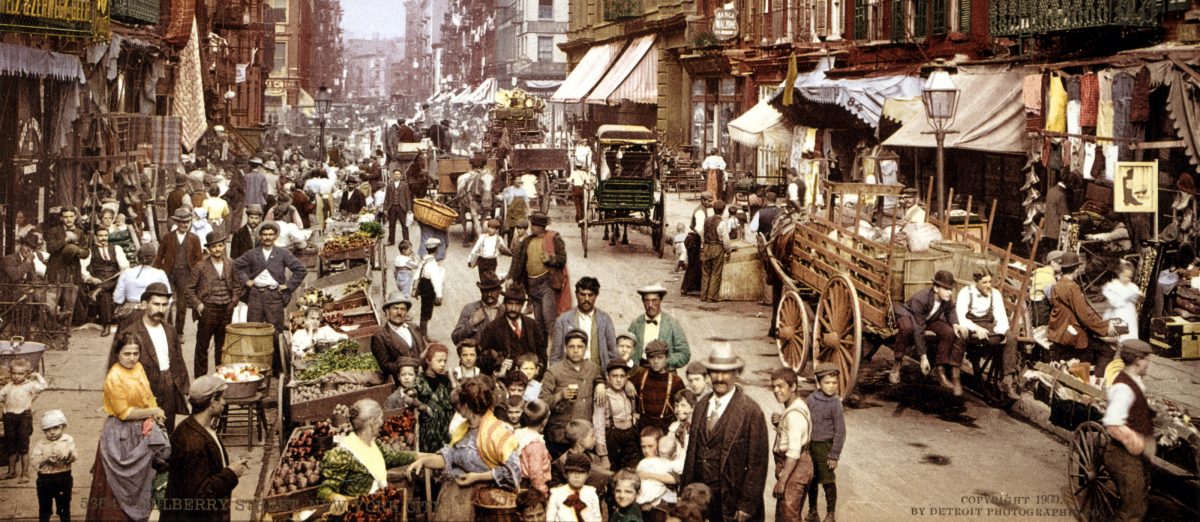I recently read Thomas J. Sugrue’s The Origins of the Urban Crisis: Race and Inequality in Postwar Detroit. I’m a bit embarrassed that it took so long for me to get around to this outstanding book, but I guess my timing was right as I finished it on election eve.
Sugrue tells what should be a familiar story, but probably isn’t to enough people, with a great deal of nuance and impressive historical research. African Americans from the south migrated to northern industrial cities in great numbers beginning around 1920. In Detroit, as in other cities, they enjoyed some prosperity and upward mobility in the 1920s and 1940s, although that progress was harshly interrupted by the Great Depression. The war years and the immediate postwar period were times of hope and progress, but that came to an unfortunate end as Detroit and other cities deindustrialized and decayed in the 1960s and 1970s. The deindustrialization of center cities was not a conspiracy against the black migrants, but rather it was a historical coincidence with effects so cruel as to seem designed in malice. The ensuing impoverishment of inner-city blacks conttributed to the social unrest of the 1960s and the social disorder of the 1970s.
Sugrue’s research adds to the familiar story by showing that the roots of the urban crisis were sown much earlier than is typically portrayed; no sooner had WWII ended than the auto industry begin dispersing, both to the exurbs and to other non-urban areas of the country. Backed with research that is concrete and detailed, Sugure shows that throughout the 1950s the UAW and other labor groups were resisting industrial deconcentration and automation, but ultimately could do little to influence the corporate decisions that threatened their jobs and disrupted their communities. Of course, many white workers were able to follow their employers to the suburbs and beyond, extending their hold on working class prosperity for a few more decades. The black workers were not even that fortunate, as discrimination in jobs and housing left them stranded in the abandoned city.
Which brings us to the second major theme of Sugure’s book–the unrelenting discrimination and segregation African Americans experienced even in the northern promised lands. I grew up in a predominately white, working class neighborhood of Queens; it eventually transitioned into an exclusively African American and Caribbean neighborhood. The original white residents were on the whole decent people, there was little organized resistance to racial change, and racial transition was by and large accepted passively as a natural and inevitable progression. “White flight” there took place in slow motion over several decades, and when the white residents left they typically “fled” to grandchildren, nursing homes and graveyards. So I’m inclined to see residential segregation as an impersonal force driven by demographic flows and maintained by individual choices. However, the virulent racism and violent hostility to neighborhood integration in 1950s and 1960s Detroit that Sugrue painstakingly documents is revolting and dispiriting, and underscores that much energetic activism was required to maintain the color line. Although he makes an effort to understand the threats white residents perceived to their communities, his heart doesn’t seem in it and truthfully, by the time I reached those passages, this reader’s wasn’t either.
So as I put the book down on election eve and watched the results roll in from Michigan, I had conflicting emotions. I was saddened by the futility of white Michiganers voting against all logic in the desperate hope that Donald Trump and the GOP would save their jobs and communities or care enough about them even to try. But it was also hard to put out of my mind Sugure’s horrifying narrative of racial animosity and to convince myself that the echoes of it didn’t play an important role as well.
